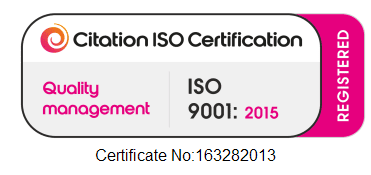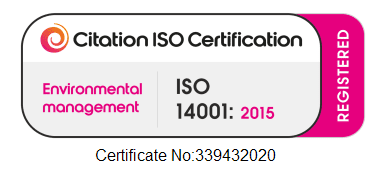Strapping – Polyester or steel, which one best meets your needs?
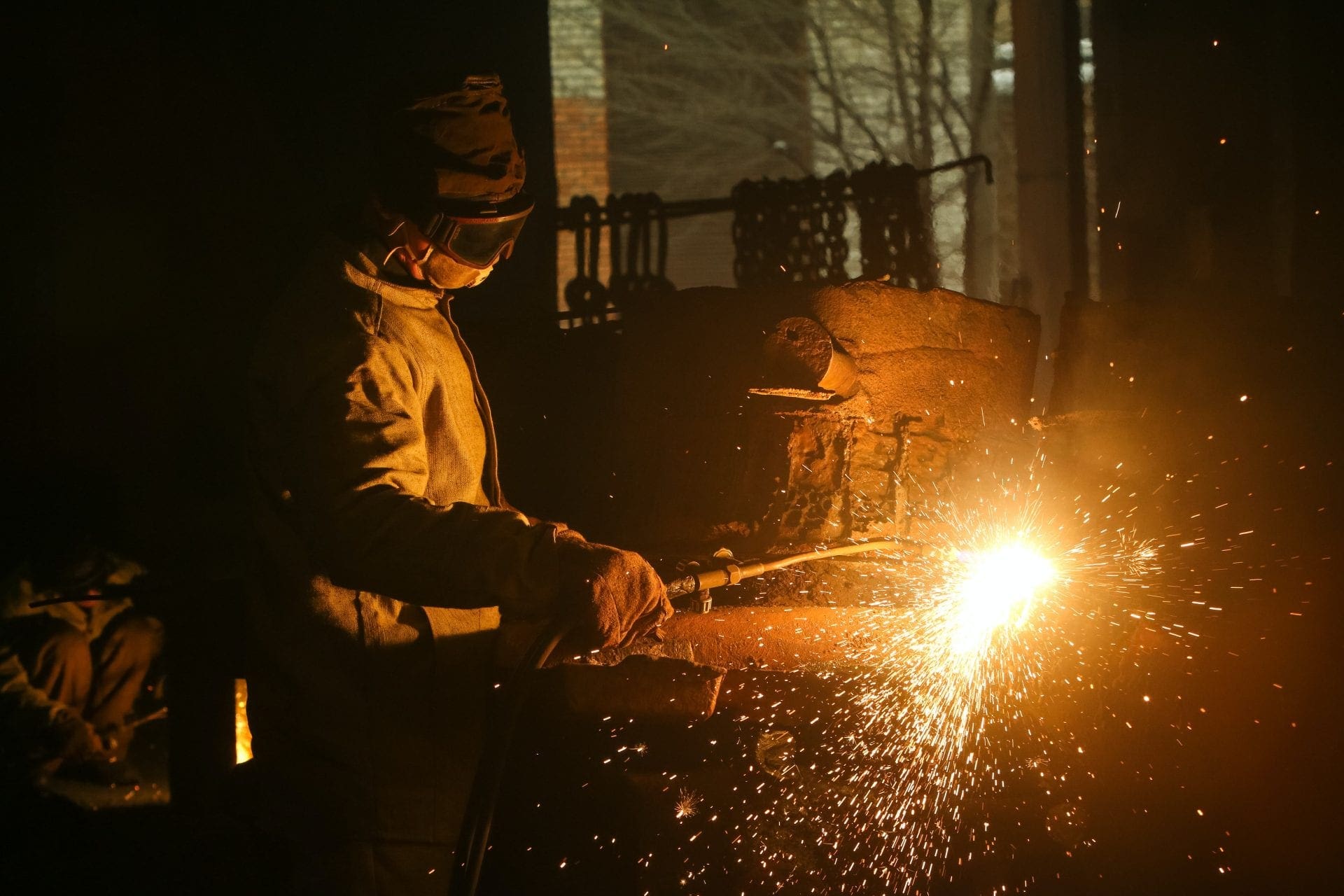
The advancement of engineering capabilities coupled with ever-evolving array of raw materials offer a variety of product options to consumers. These options, however, can at times complicate the consumers decision when making a purchase – whether that is buying a new car, renovating homes, or choosing packaging materials. Certain products can often become the benchmark that others are measured against. This leads to other products being seen as a lesser alternative, or not effective.
The same principle applies when it comes to strapping. For our latest blog we look to examine the differences between polyester and steel strapping, then explain why it might be time to reconsider your choice of material for strapping.
What is steel strapping?
It was widely accepted that steel strapping was the chosen option for strapping, particularly when dealing with heavy loads.
Steel strapping is a high tensile strapping made from various steel alloys. Of all the strapping materials in common use, steel strapping has the highest break strength—meaning it can hold and withstand the heaviest loads without breaking.
Steel strapping is an excellent material for holding parts or materials with sharp edges and hard corners, such as steel plates or I-beams; that could cut into softer materials. The rigidity of steel strapping makes it ideal for holding loads that are not prone to settling since the steel will not readily lose its shape.
It does, however, have its weaknesses. The corrosion resistance of steel strapping varies depending on whether plain or stainless steel is used. Plain steel may become corroded during outdoor use if it rains.
The COVID-19 pandemic has also had a negative impact on steel production. Global supply is currently experiencing tremendous strain due to excessive demand and shortage in supply of raw materials. This has caused a delay in lead time, forcing prices to rocket. Steel Market Update (SMU) reported that the cost had risen to an astronomical record high of $1,180 in February 2021. Costs are expected to level off towards end of 2021, however the demand will continue to be extremely high as production catches up and this is expected to continue well into 2022.
Your application might favour steel strapping if:
- Transporting very large, heavy, stable loads.
- Loads have sharp edges that could cut softer strapping applications.
- Loads are being shipped very long distances.
- Loads will experience multiple loading/unloading operations.
- Load is not sensitive to abrading from contact with steel.
Polyester Strapping
Polyester strapping is quite a bit different from steel.
Unlike steel, polyester strapping will elongate and contract along with a shifting load. This makes polyester more flexible and adaptable to loads that can settle or shift during shipment. Also, because polyester is a softer material, it is less likely to abrade parts than steel.
However, objects with sharp edges, such as metal sheets or I-beams, can cut through polyester strapping during transit—which is why these loads often require the use of edge protection pieces to protect both the product and the strapping.
As a polymer, polyester has excellent corrosion resistance to most chemicals so can withstand precipitation. However, polyester is, over prolonged periods of exposure, prone to decomposition from UV rays.
Advantages of Polyester strapping include:
- Cost Savings
When used as an alternative to steel strapping, polyester strapping can provide savings of up to 4 times greater than the steel alternative. This is where polyester has perhaps the greatest advantage over its steel counterpart. Continued demand on supply chain for steel means that Polyester products are more readily available. In many cases, polyester strapping protects products better, is less harmful on the environment and will save significant cost savings when priced in comparison with steel strapping.
- Increased Safety
Polyester strapping is safer to handle than steel strapping. When comparing rolls of equal length, polyester strapping is also considerably lighter therefore reducing risk of potential injury. Polyester offers increased safety to operators as it lacks the sharp edges commonly found on steel strapping.
- Reduced Environmental Impact
The overall environmental impact of polyester strapping is much lower than steel. In the manufacturing process, polyester is extruded from raw resin materials. Steel, on the other hand, is a forging process that requires high amounts of energy. The use of polyester strapping helps to generate great net energy savings for environmentally conscious businesses. The lighter polyester strapping also reduces overall load weights. This creates space, time and fuel saving to move these goods from point A to point B.
- Increased Performance
Polyester strapping is formulated to have the properties of steel while providing many performance advantages. Polyester materials are resistant to the elements and ultraviolet degradation to prevent straps from weakening when stored in outdoor areas. Unlike steel that rusts when wet, polyester strapping will not stain products when exposed to the elements.
How Hub Packaging can help
The use of strapping – around either your own products or the packaging that is used to protect them – is widely used in industrial packaging.
Our variety of strapping products and related tools & accessories are an essential for many customers.
Contact us today to speak with one of our colleagues who will be happy to discuss your strapping requirements and find out more about how Hub Packaging can reduce your costs on strapping.
View some of our polyester strapping solutions below.
-
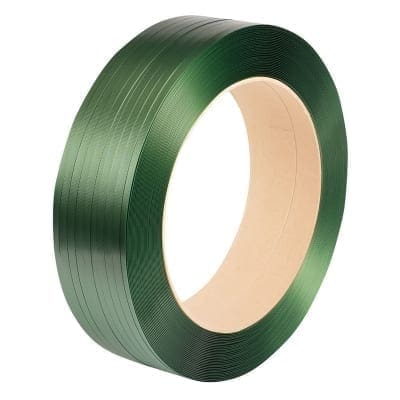 Strapping Polyester 12mm x 0.85mm x 1800m – Embossed Green£52.50 exc. VAT
Strapping Polyester 12mm x 0.85mm x 1800m – Embossed Green£52.50 exc. VAT -
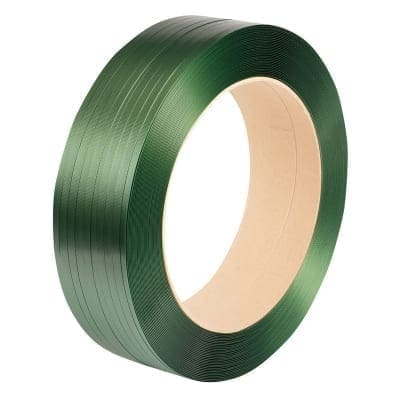 Strapping Polyester 12mm x 0.7mm x 2000m – Embossed Green£55.90 exc. VAT
Strapping Polyester 12mm x 0.7mm x 2000m – Embossed Green£55.90 exc. VAT -
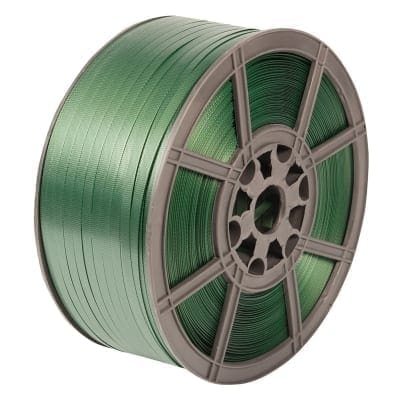 Strapping Polyester 12mm x 0.7mm x 1300m – Embossed Green£47.60 exc. VAT
Strapping Polyester 12mm x 0.7mm x 1300m – Embossed Green£47.60 exc. VAT -
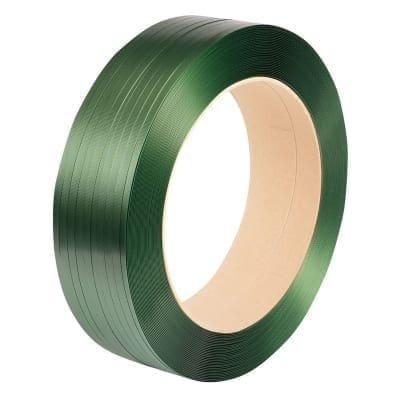 Strapping Polyester 12.5mm x 0.6mm x 2500m – Embossed Green£42.90 exc. VAT
Strapping Polyester 12.5mm x 0.6mm x 2500m – Embossed Green£42.90 exc. VAT -
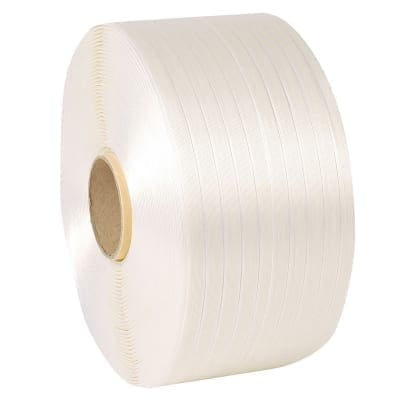 Strapping Hotmelt Cord Polyester 19mm x 500m-White (HMP65)£40.00 exc. VAT
Strapping Hotmelt Cord Polyester 19mm x 500m-White (HMP65)£40.00 exc. VAT -
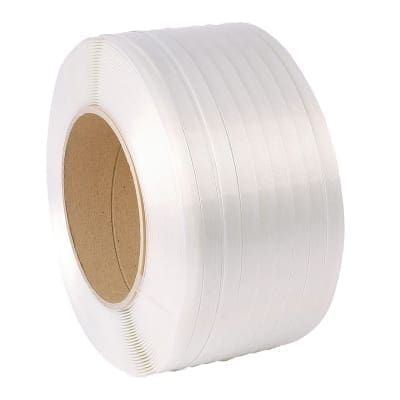 Strapping Composite Polyester 25mm x 500m – White£57.50 exc. VAT
Strapping Composite Polyester 25mm x 500m – White£57.50 exc. VAT
T: +44 (0) 28 4175 4977



